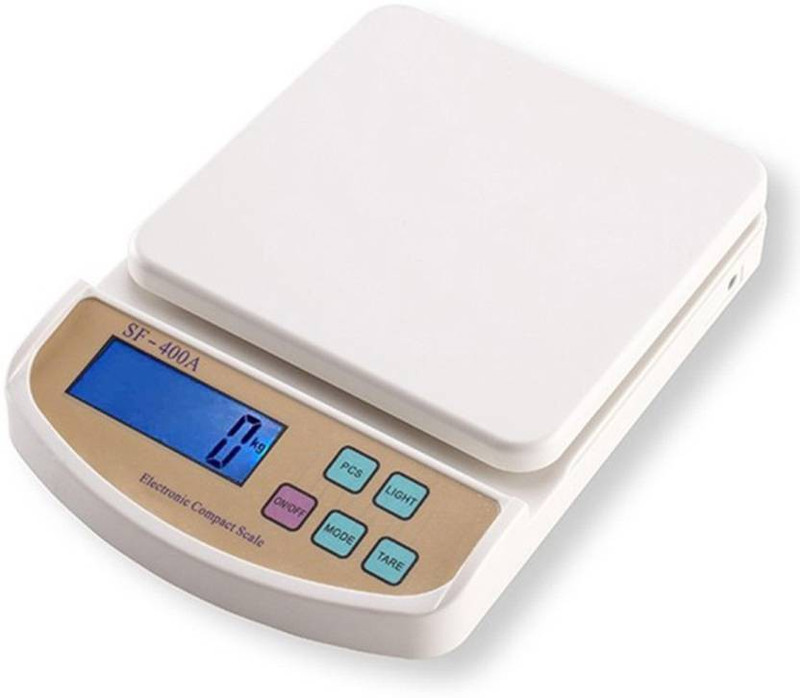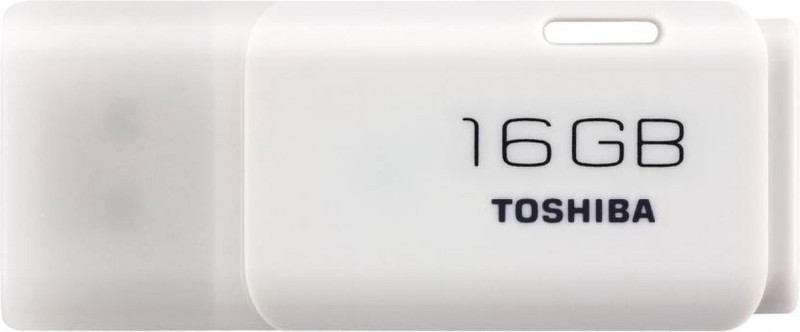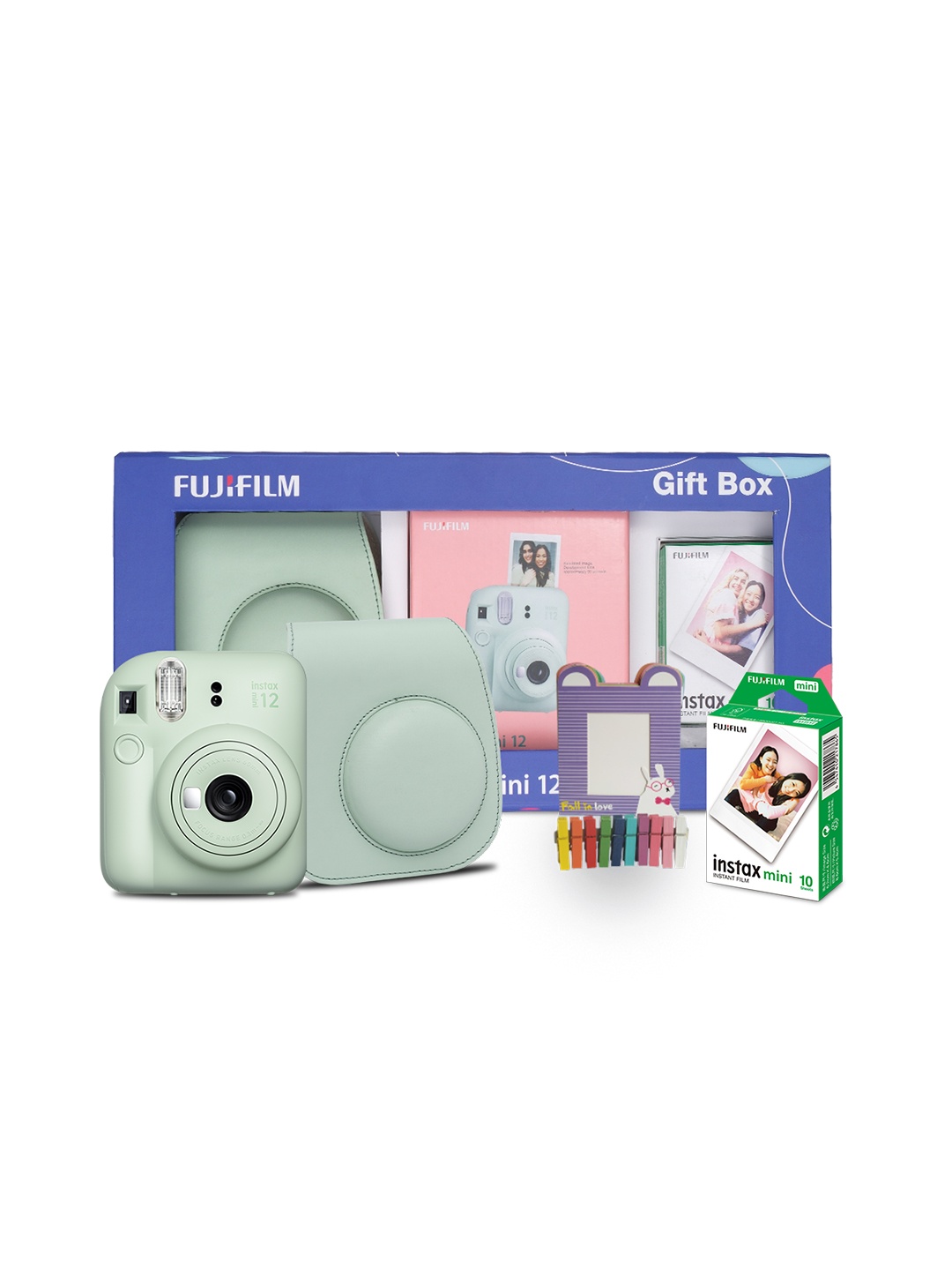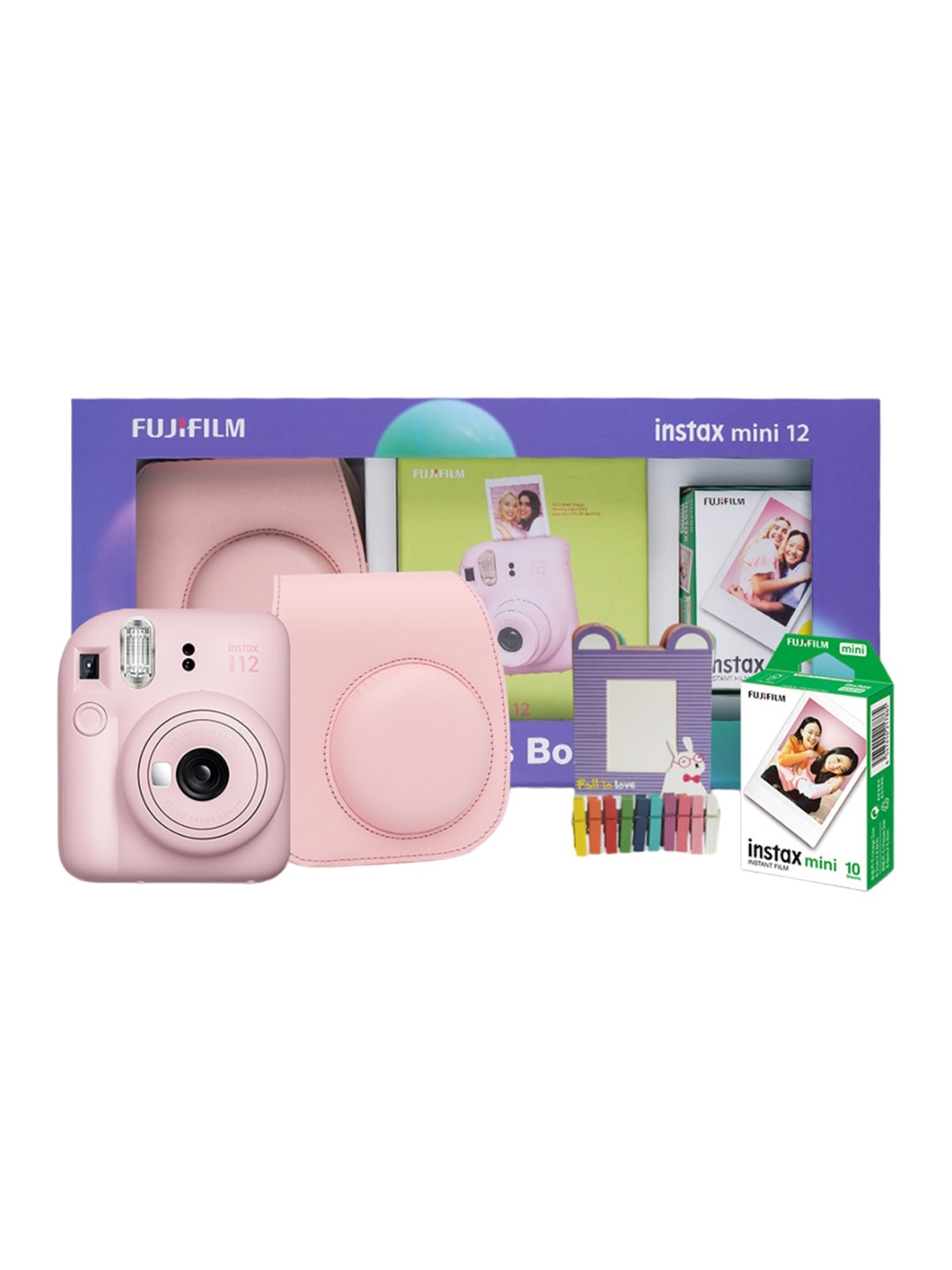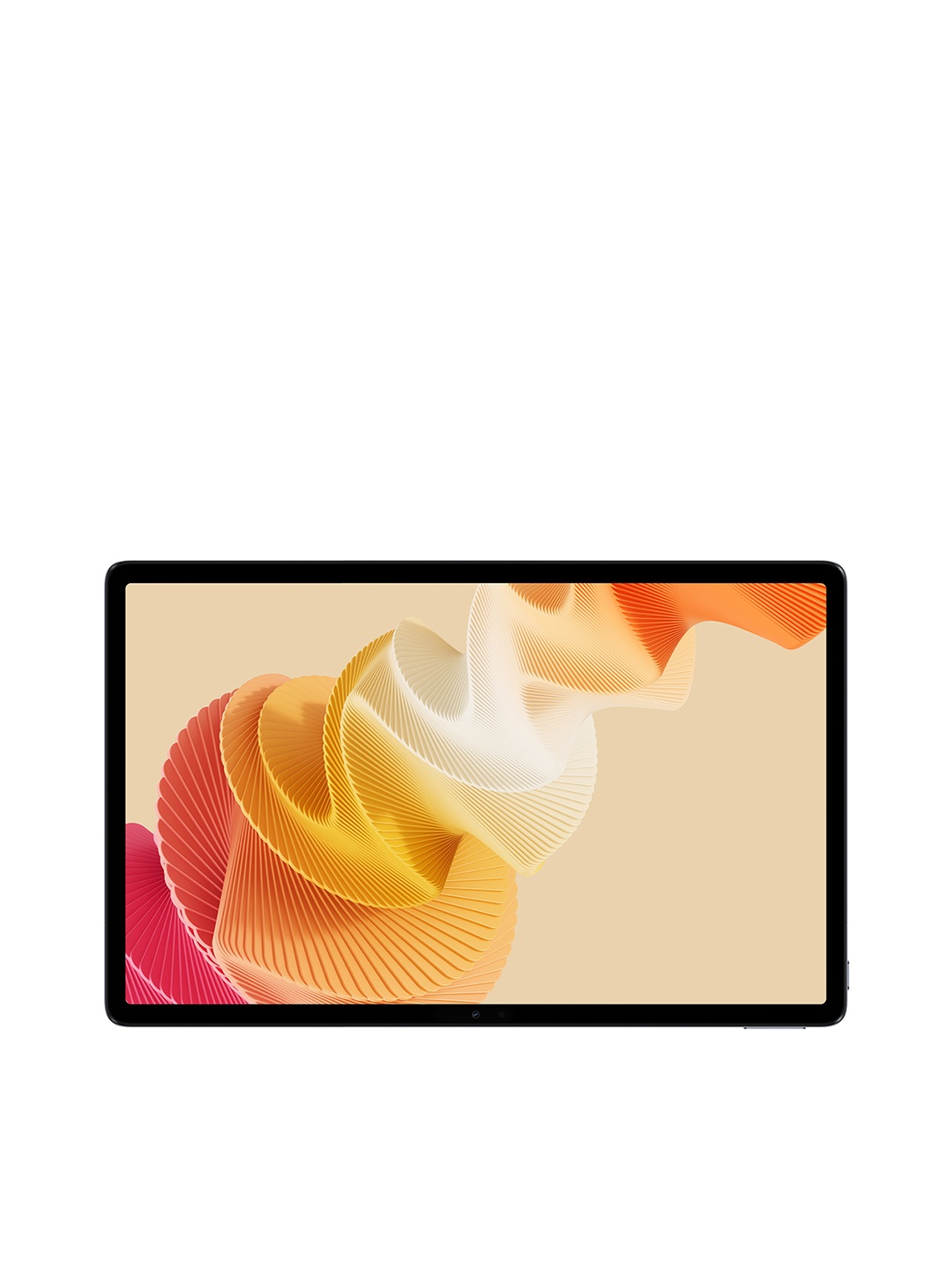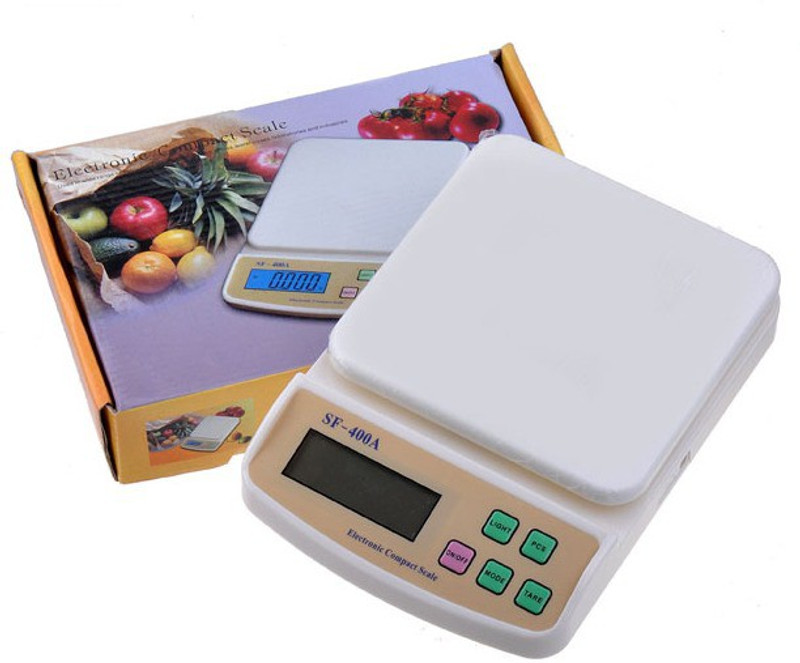Sweat, Storage Or Detergent? Reasons That Makes Your Clothes Yellow And How To Fix It

There's something oddly soul-crushing about pulling out a once-crisp white shirt or a pale summer dress from the wardrobe, only to discover it's turned an unsightly shade of yellow. You didn't spill curry on it, there were no muddy mishaps, and it wasn't even worn that much. And yet, there it is, yellowing fabric, blotched collars, and that all-too-familiar feeling of frustration.
Is it the sweat? Perhaps the way it's been stored? Or could it be the detergent that promised "brilliant whiteness" on the packaging? The truth is, yellowing clothes can be traced back to a range of silent culprits. Some linger in the air, some in our bodies, and others sneak their way in through well-meaning laundry habits.
This guide unpacks the reasons behind yellowing garments and, more importantly, what you can do to prevent it. Whether it's the underarm area of a white T-shirt or the lace trim of a stored wedding dress, there's a fix and a way forward. Let's lift the lid on this laundry mystery.
Also Read: Washing Organic Cotton Wrong? These Simple Changes Will Make It Last Longer
1. Sweat: The Secret Stainer
The biggest yellowing offender? It's good old-fashioned sweat, specifically, the kind that's mixed with deodorant. Sweat on its own is mostly water and salt. But when it reacts with the aluminium compounds found in many antiperspirants, it forms those stubborn, yellow stains under the arms of your favourite tops.
It's not just unpleasant; it's persistent. Once it settles into the fibres, it bonds over time, leaving behind that classic mustard-like hue. Summer shirts and gym gear are especially vulnerable. And unfortunately, tossing the item in the wash without a pre-treatment only bakes it in deeper, thanks to heat from dryers or hot water.
One tip? Try switching to an aluminium-free deodorant. You'll sweat the same, but you'll save your shirts. And for items already stained, a soak in white vinegar or a paste of baking soda and water before washing can work wonders. Prevention, in this case, is far better than cure, particularly when it comes to keeping whites white.
2. Storage Misery: Yellowing In The Dark
If sweat's the daytime villain, poor storage is the sneaky night-time accomplice. Ever noticed how clothes left in the wardrobe for a season or two come out looking older than they went in? That's because improper storage leads to oxidation, the process of fabric fibres reacting with oxygen in the air or even acidic tissue paper.
Plastic garment bags are one of the worst offenders. They might look protective, but they can trap humidity and create a microclimate perfect for yellowing. Add dust particles and unseen spills, and you've got a recipe for discolouration.
Storing clothes in breathable cotton bags, away from direct sunlight and wrapped in acid-free tissue paper, keeps them safe from time's tarnishing touch. If storing whites for long periods, give them a gentle wash every few months, even if they haven't been worn. It helps refresh the fibres and prevent the dreaded yellow bloom.
3. Detergents: The Brightening Illusion
Not all detergents are created equal, and some, particularly those boasting “optical brighteners,” can do more harm than good in the long run. These chemicals coat the fabric with a fluorescent residue to trick the eye into seeing whites as brighter. Over time, however, this coating can build up, attract grime, and ironically cause yellowing.
Powder detergents can also leave residue if not rinsed thoroughly, especially in cold water washes. Worse still, overusing detergent doesn't make clothes cleaner; it makes rinsing harder and contributes to yellow tones.
The fix? Less is more. Use only the recommended amount, switch to a detergent formulated for whites, and add a final rinse cycle to make sure everything's properly flushed out. And every so often, wash whites with a cup of white vinegar or a half-cup of bicarbonate of soda to refresh them, naturally.
4. Fabric Composition: Some Materials Yellow Faster
Sometimes, it's not what you're doing, it's what your clothes are made of. Natural fibres like cotton and silk, although soft and breathable, are more prone to yellowing than synthetics. They react more easily with the environment, sweat, and oils from your skin.
Silks, in particular, are delicate and often react with light and moisture. White cotton blends might seem sturdy, but the presence of polyester can trap odours and residues that accelerate yellowing if not washed properly.
Choosing pre-treated fabrics or blends designed to resist discolouration can help if you're investing in pieces for the long haul. Also, treating delicate items with hand-washing or dry cleaning can extend their life and stave off those golden tinges.
5. Hard Water: The Invisible Agitator
Hard water, rich in minerals like calcium and magnesium, might be great for your bones, but is terrible for laundry. It doesn't mix well with detergent, often leaving a residue that sticks to fabric fibres. This residue not only dulls whites but also creates a sticky surface where grime and oils cling, turning clothes yellow over time.
If you live in an area with hard water, you'll often find white clothes coming out of the wash a little off-colour, no matter how much detergent or bleach you use. And using more soap only compounds the problem.
Installing a water softener or adding a water conditioner to your washing machine can help reduce the mineral content. And again, baking soda comes to the rescue, just a half-cup in your wash cycle helps combat the effects of hard water and leaves whites fresher.
6. Iron In Water Or Pipes: The Rusty Tinge
You wouldn't think twice about a slight rusty tinge in your tap water until your favourite shirt picks it up. Excess iron in water (common in older plumbing systems or borewell water) can cause yellowish stains on light fabrics, especially when combined with bleach. Instead of brightening the fabric, the bleach oxidises the iron, creating rust-like marks.
This one's particularly frustrating because it can seem like your laundry is clean until it's dried, and the stain becomes obvious. And once iron deposits settle in, they're tricky to remove.
Using an iron filter in your laundry line or running water through a filter jug before washing delicate whites can help. Avoid using bleach in areas with iron-rich water; opt for oxygen-based whiteners or vinegar instead, which lift stains without causing chemical reactions.
7. Overdrying: When Heat Does Harm
Here's something many overlook: dryers. Overdrying your clothes on high heat can literally cook stains into the fibres. Once a sweat or detergent stain is heat-set, it becomes part of the garment. The same goes for ironing at too high a temperature, especially on delicate fabrics.
It's not just about preventing shrinkage; it's about protecting colour integrity too. Whites, in particular, suffer in high heat; they yellow faster and age poorly.
If you're line-drying whites, keep them out of direct sunlight to prevent oxidation and fading. And if using a dryer, go for the lowest heat setting and take clothes out while they're still slightly damp to air dry fully. It's gentler on the fabric and helps maintain that crisp, clean appearance.
8. Body Oils And Lotions: The Hidden Film
Last but certainly not least: our skin. More specifically, the oils and lotions we lather on daily. From body butter to sunscreen, these products can leave behind a film on fabrics, especially when not fully absorbed into the skin before getting dressed.
This residue builds up over time, particularly on collars, cuffs, and waistbands. Once embedded, it can oxidise, thanks to heat, air and time, leaving behind yellow or orange patches.
A good practice? Let lotions soak in fully before slipping into whites. Pre-treat regularly worn items, especially around the neckline and underarms, and avoid using heavy oil-based products if you know you'll be wearing delicate light fabrics.
Products Related To This Article
1. Henko Matic Front Load Detergent Powder 4KG + 2KG
2. Tide Matic Liquid Detergent 2L + 200 ml FREE Front Load Washing Machine
3. Vanish 800 Ml, All In One Instant Stain Remover
4. Comfort After Wash Morning Fresh Fabric Conditioner Pouch
5. Softouch 2X French Perfume 2L Fabric Conditioner with French Rose & Jasmine
6. Rin Detergent Liquid 2L Pouch - Top Load
7. Amazon Brand - Presto! Active Wash Detergent Powder
So, what's really behind the yellowing of your clothes? It turns out, it's not just one thing, it's a whole host of tiny, invisible battles waged daily against your garments. Sweat, storage, detergents, body oils, and even water composition all conspire silently, leaving their golden fingerprints behind.
But the good news? With a little attention to detail and a few clever tweaks, those battles can be won. Treating your whites with respect, whether that means storing them properly, choosing the right detergent, or switching up your deodorant, can keep them looking fresh for years to come. After all, a white shirt should be a wardrobe hero, not a mystery stain magnet. So, next time you slip one on, you'll know exactly how to keep it clean, crisp and confidently stain-free.
Disclaimer: The images used in this article are for illustration purpose only. They may not be an exact representation of the products, categories and brands listed in this article.














